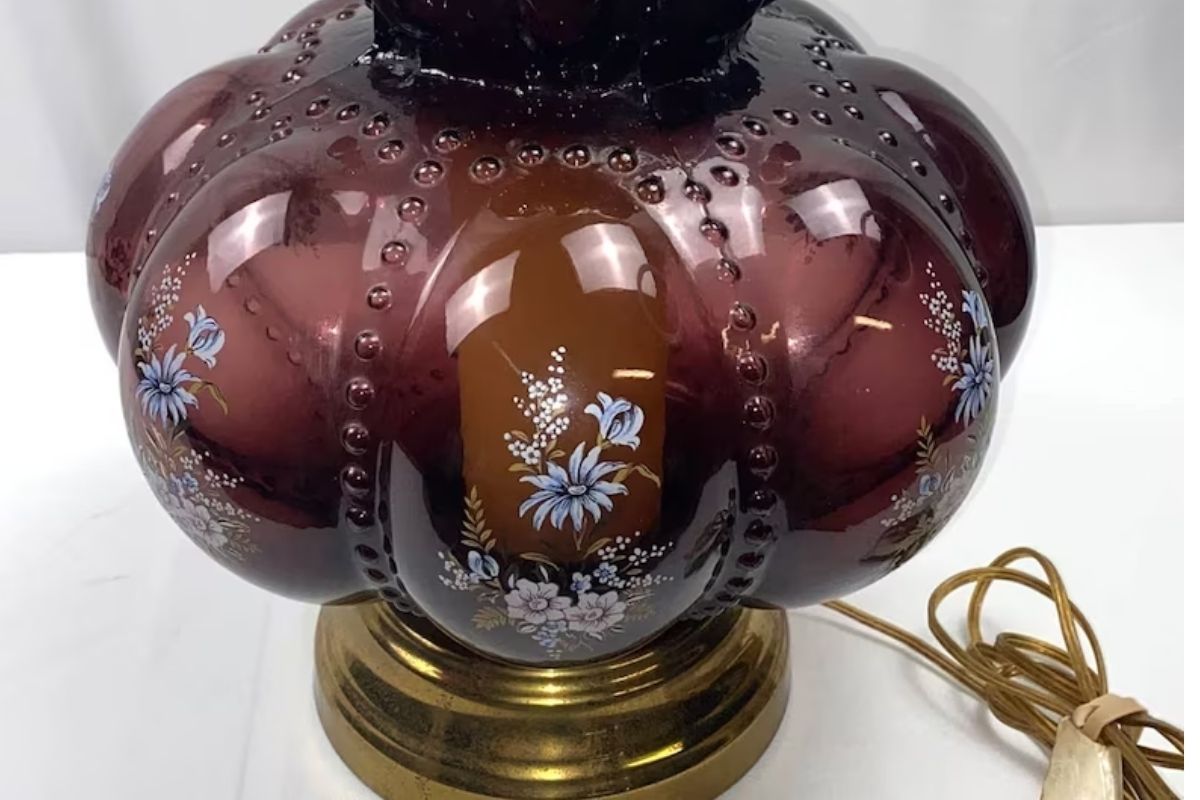Introduction
Regarding antique lighting fixtures, Falkenstein lamps hold a special place in the hearts of collectors and enthusiasts. These exquisite lamps, designed by the Falkenstein Lamp Company, are known for their timeless beauty and exceptional craftsmanship. If you’re interested in identifying a Falkenstein lamp, this comprehensive guide will help you navigate the world of vintage lighting and highlight what makes these lamps unique.
History of Falkenstein Lamps
The Falkenstein Lamp Company
To truly appreciate Falkenstein lamps, it’s essential to understand the history behind the Falkenstein Lamp Company. Founded by Herman and Karl Falkenstein in the early 20th century, this American lighting manufacturer quickly gained a reputation for producing high-quality lamps with artistic designs.
Design Characteristics
Falkenstein lamps are renowned for their distinctive design characteristics:
- Art Nouveau and Art Deco Influences: Many Falkenstein lamps are heavily influenced by the Art Nouveau and Art Deco movements, featuring intricate floral and geometric designs.
- Handcrafted Elements: These lamps are often meticulously handcrafted, which adds to their charm and collectible value.
- Stained Glass: Falkenstein lamps frequently incorporate stained glass shades, which create a stunning interplay of colors when illuminated.
Production Period
Falkenstein lamps were manufactured from the early 20th century through the mid-20th century. It’s essential to have a general idea of the period during which they were produced.
Recognizing Authentic Falkenstein Lamps
Maker’s Mark and Signature
One of the most reliable ways to identify a Falkenstein lamp is by locating the maker’s mark or signature. It can usually be found on the lamp’s base, near the socket, or on the underside of the lampshade. The Falkenstein Lamp Company often stamped its name or logo onto the lamp.
Quality of Materials
Falkenstein lamps are known for their high-quality materials. Look for the following materials:
- Stained Glass: Genuine Falkenstein lamps typically feature colorful, leaded stained glass shades. The glass should be well-crafted and free of imperfections.
- Bronze or Brass Bases: The lamp’s base is usually bronze or brass and exhibits fine craftsmanship, often with intricate details.
Design Elements
Falkenstein lamps have unique design elements that set them apart:
- Floral Motifs: Many Falkenstein lamps feature intricate motifs, including roses, lilies, and other flowers. These are often depicted in stained glass.
- Geometric Patterns: Art Deco-inspired lamps may have geometric patterns, such as zigzags, squares, or circles.
Patina and Age
The patina on the lamp’s metal components can be a clue to its age. Older Falkenstein lamps may have acquired a desirable patina over time, while reproductions may lack this aging.
Falkenstein Lamp Styles
Falkenstein lamps come in various styles, each with unique features. Identifying the style can help narrow down the lamp’s age and origin.
The Tiffany-Style Lamp
One of the most iconic Falkenstein lamp styles is the Tiffany-style lamp. These lamps typically have the following characteristics:
- Stained Glass: The lampshade is made of colorful stained glass pieces, often featuring floral patterns.
- Bronze Base: The base is made of bronze and intricately designed, usually featuring a decorative stem.
- Dome or Bell Shape: The lampshade is often in a dome or bell shape.
Art Deco Lamps
Falkenstein also produced Art Deco-style lamps. These lamps have a more modern, geometric look and may feature the following:
- Geometric Designs: Look for lamps with angular, geometric patterns, often in black and white or other bold colors.
- Chrome Bases: Art Deco lamps may have chrome bases, which starkly contrast the colorful glass shades.
Nouveau Floral Lamps
Falkenstein lamps heavily influenced by Art Nouveau are characterized by:
- Floral Designs: These lamps often feature intricate floral designs in stained glass shades, depicting various flowers and vines.
- Bronze Bases: The base is typically bronze and might have floral motifs or vines.
Identifying Reproductions
One must be aware of some common reproduction indicators to avoid purchasing a reproduction instead of an authentic Falkenstein lamp.
Lack of Maker’s Mark
Reproductions may lack the authentic maker’s mark or signature typically found on genuine Falkenstein lamps.
Poor Craftsmanship
Genuine Falkenstein lamps are known for their exceptional craftsmanship. Reproductions may exhibit shoddy artistry, such as uneven soldering on the stained glass or rough finishes on the base.
Modern Wiring
Authentic Falkenstein lamps may retain their original wiring, which can provide valuable information about their age. Reproductions often have modern wiring that may not match the lamp’s purported age.
Inconsistent Patina
Reproductions may have an artificial patina applied to make them appear older. Check for consistency in the patina, as the natural patina develops naturally over time.
Value and Rarity of Falkenstein Lamps
Falkenstein lamps are highly collectible and can vary significantly in value based on several factors.
Rarity of Design
Some Falkenstein lamp designs are rarer and more sought after than others. Lamps with unique and intricate patterns can fetch higher prices among collectors.
Age and Condition
The age of the lamp and its overall condition play a significant role in determining its value. Well-preserved antique Falkenstein lamps are typically more valuable.
Provenance
If you can trace the history and ownership of a Falkenstein lamp, it can enhance its value. Provenance can provide insights into the lamp’s authenticity and historical significance.
Market Trends
The value of Falkenstein lamps can fluctuate based on market trends and collector demand. Staying informed about current market conditions is essential if you’re considering buying or selling a Falkenstein lamp.
Caring for Your Falkenstein Lamp
Proper care and maintenance are crucial to preserving the beauty and value of a Falkenstein lamp.
Cleaning
Regularly dust the lampshade and base to prevent the accumulation of dirt and grime. Use a soft brush or cloth to avoid scratching the stained glass.
Avoiding Direct Sunlight
Stained glass can fade over time when exposed to direct sunlight. To maintain the lamp’s vibrant colors, keep it out of direct sunlight.
Rewiring
If the lamp has old or damaged wiring, consider professionally rewiring it to ensure safe operation. Vintage wiring may not meet modern safety standards.
Patina Preservation
If your lamp has a desirable patina, avoid polishing it excessively. Overpolishing can diminish the lamp’s antique charm.
Authenticating Falkenstein Lamps
If you need clarification on the authenticity of a Falkenstein lamp, seeking professional authentication is advisable. Experts can examine the lamp’s construction, materials, and design to determine its origin.
Professional Appraisal
An appraisal by a certified antique expert can give you a detailed assessment of your lamp’s authenticity and value. This can be particularly useful if you plan to buy or sell a Falkenstein lamp.
Online Forums and Communities
Joining online forums and communities dedicated to antique lamps can be a valuable resource. Experienced collectors and enthusiasts can offer insights and help with authentication.
Conclusion
Identifying a Falkenstein lamp requires a keen eye for design, a familiarity with its distinct characteristics, and an understanding of its history. Whether you’re a collector, enthusiast, or someone who has stumbled upon one of these beautiful lamps, this guide should be a helpful resource in recognizing and appreciating the timeless beauty of Falkenstein lamps.
Remember that Falkenstein lamps are not just functional lighting fixtures but pieces of art that have stood the test of time, and they continue to captivate collectors and admirers with their exquisite craftsmanship and enduring charm.




